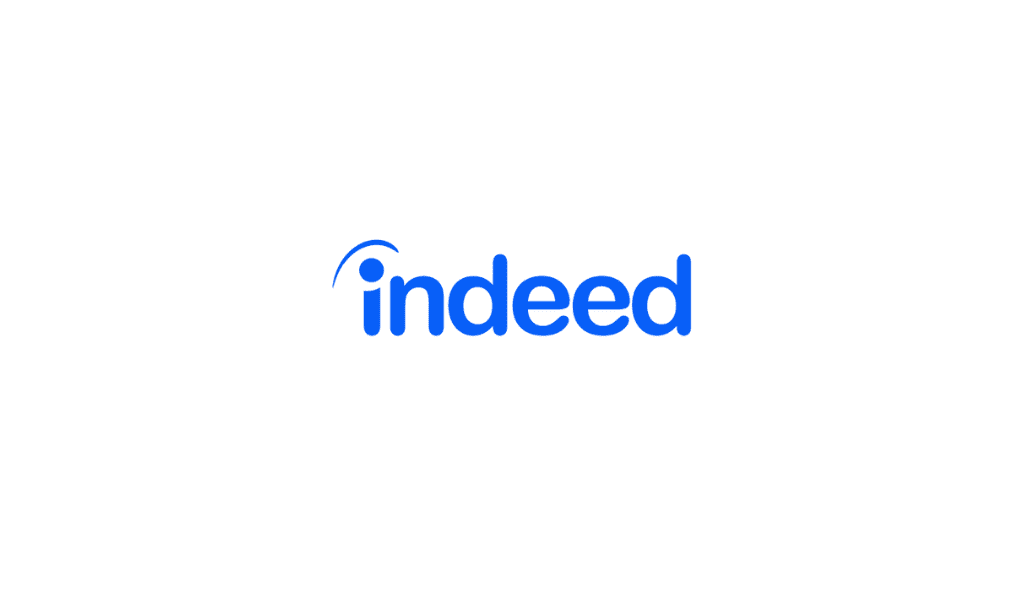A chief people officer shares best practices for fostering inclusion and belonging among members of the LGBTQ+ community year-round.
By Maggie Mancini
Each June, companies show solidarity with the LGBTQ+ community by editing their corporate logos in rainbow colors, posting public statements in support of love and inclusion, and preparing marketing campaigns to align with values of acceptance and belonging. Yet, as Pride Month comes to an end, these rainbows and other symbols disappear as quickly as they arrive, often with no real change in the way the organization addresses issues impacting their LGBTQ+ workforce.
LGBTQ+ job seekers believe it’s important to work for an organization that openly supports their community, and Gen Z employees in particular—who will make up 30% of the workforce by 2030—believe that employer efforts on inclusion are falling short, particularly regarding LGBTQ+ initiatives. Organizations that promote these symbols of solidarity during Pride Month without prioritizing year-round support for LGBTQ+ employees are often engaging in “rainbow washing,” says Terri McBride, chief people officer at Protegrity.
“Rainbow washing can be understood as the performative, visual signaling companies provide throughout Pride Month without the foundational, substantive support that truly benefits the LGBTQ+ community,” McBride says. “While rainbow washing can promote awareness building, it can be harmful if it serves as a proxy or impediment to broader support.”
A lack of authenticity in understanding and acknowledging the needs of marginalized employees can negatively impact an organization’s relationship with its employees and customers, McBride says.
“For employees, a lack of authenticity can inhibit people from sharing more of themselves,” McBride says. “This lack of diversity and engagement can directly undermine business performance. For customers, lack of authenticity can hamper acknowledgement and trust-building. Customers are smart, engaged, and diverse. The businesses that serve them should be as well.”
Open support for marginalized communities is particularly important as organizations begin to cut back on their diversity, equity, and inclusion (DEI) goals. Companies like Zoom, Meta, DoorDash, Lyft, and Wayfair are among those who have reduced their internal DEI teams in recent years.
Without actionable support for LGBTQ+ issues, organizations run the risk of virtue signaling. Insights from Gallup indicate that HR leaders should combine the objective metrics associated with DEI initiatives with the subjective experiences, opinions, and sentiments of their employees to improve their approach to DEI and transform their culture. Still, by focusing on authentic celebrations of Pride Month, HR leaders can help improve their DEI efforts and show their support for marginalized members of the workforce.
“One cornerstone of enabling authenticity and understanding needs is actively listening to those people around you,” McBride says. “From listening to members of our own Diversity and Inclusion Council, it was reinforced that while Pride Month is extremely important, providing year-round employee support, in addition to recognizing Pride Month, is critical.”
It’s important for organizations to work outside of their “echo chamber” and seek out new and contrary opinions, McBride says. Supporting authentic diversity also means recognizing that individuals are multidimensional, highly competent, and are equipped with agency.
To help foster belonging for LGBTQ+ employees throughout the year, McBride says that HR leaders can do the following:
- Be role models for inclusion. Inclusive community building and representative social media can and should be year-round activities, McBride says.
- Make foundational decisions that support LGBTQ+ employees. There are foundational decisions that can be made within the organization, such as creating parental leave policies that recognize and support the diversity of family structures.
- Foster inclusion through language and behavior. Diversity and inclusion can be viewed and experienced as extremely complex and challenging topics. On the other hand, they can be as simple as treating others as you hope to be treated, McBride says.
- Actively recognize excellence and promote exceptional individuals. McBride says that Protegrity is fortunate to have a diverse community of exceptional professionals, and that employees’ positive contributions should be recognized and celebrated year-round.














